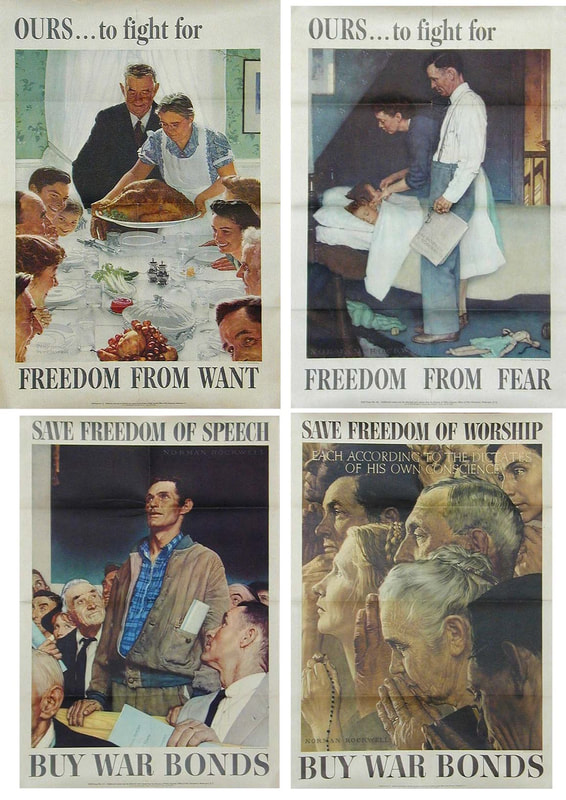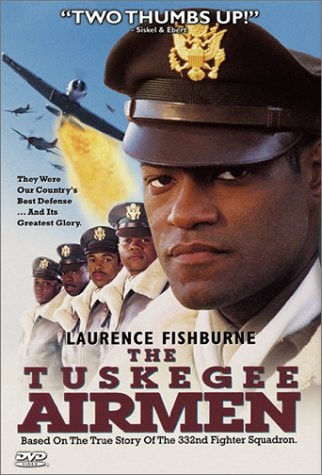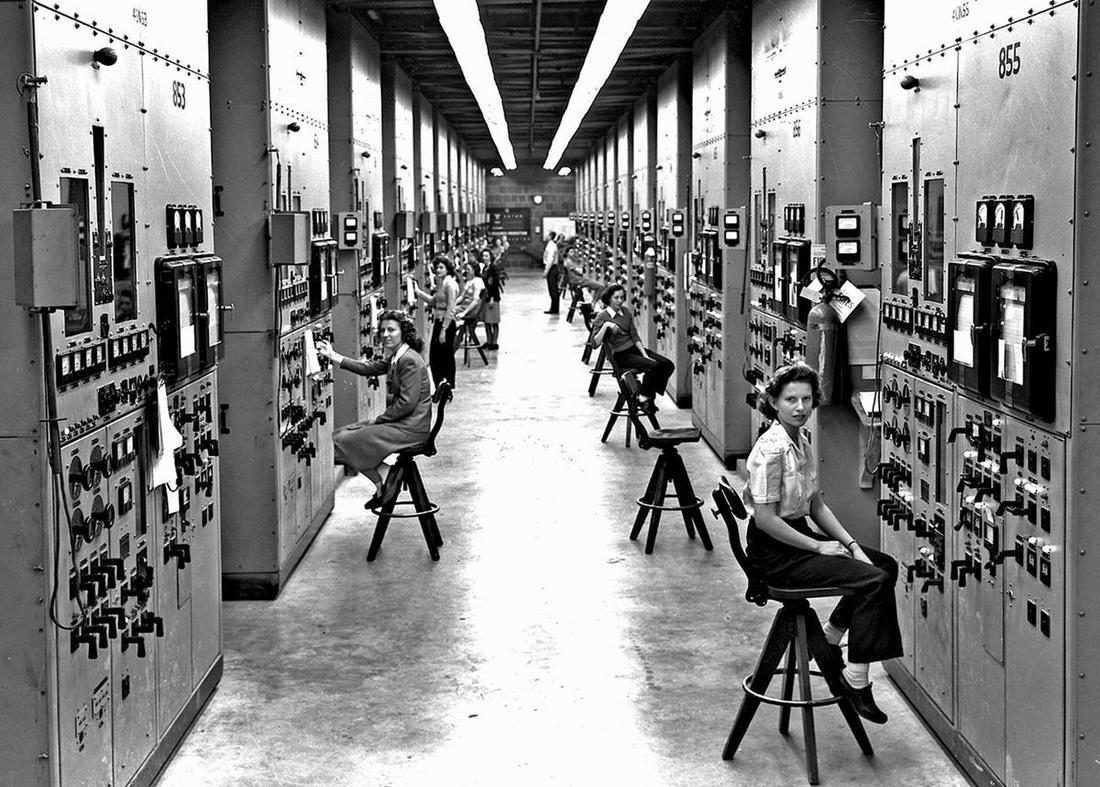Objectives• How and why United States entry into World War I and World War II created a “Great Migration” of African Americans to northern cities and how that migration impacted the nation.
• How and why American foreign policy shifted from neutrality to interventionism at the beginning of World War II. • How President Truman and his administration rationalized using the atomic bomb to end World War II and how that decision affected United States foreign policy. • How and why economic and political conditions in Europe after World War I led to the rise of authoritarian rulers and the onset of World War II. • How and why the United States withdrew from a policy of isolationism to initially aid Allied Powers and then directly intervene in World War II. • How, why and to what extent Americans mobilized and economically sacrificed on behalf of allied and national efforts in world wars (e.g., rationing, war bonds, “Wheatless Wednesdays” and lend-lease). • How and why labor unrest and strikes occurred during and after United States involvement in world wars and how labor activity impacted the economy and society • How, why and to what extent Americans mobilized and sacrificed on behalf of United States military efforts in world wars (e.g., rationing, war bonds, “Wheatless Wednesdays”). • How and why United States involvement in world wars and the contributions of women during times of war impacted the perceptions and roles of women in American society. (e.g., 19th Amendment, WAVES, “Rosie the Riveter”). • How, why and to what extent United States participation in world wars restricted the civil liberties of various groups of Americans. (e.g., German Americans, Japanese Americans, Muslim Americans) • How various ethnic groups within the United States contributed to American war efforts (e.g., Tuskegee Airmen, bracero program and American Indian “code talkers”). • How communication technologies and mediums, such as newspapers, television, film and radio influenced American patriotism and propaganda during warfare. totalitarianism fascism communism Benito Mussolini Adolf Hitler Third Reich Emperor Hirohito Munich Pact "appeasement" Joseph Stalin Winston Churchill Kellogg-Briand Pact Neutrality Acts Quarantine Speech Non-Aggression Pact Four Freedoms Lend-Lease Act Pearl Harbor Blitzkrieg Battle of Britain Pearl Harbor Stalingrad D-Day (Operation Overlord) George Patton Battle of the Bulge Battle of Midway Douglas MacArthur Island hopping Iwo Jima Casablanca, Tehran, V-E Day, V-J Day Manhattan Project J. Robert Oppenheimer Atomic bomb Nuremberg Trials Selective Services Act War Production Board Rationing "victory gardens" War bonds G.I. Bill Rosie the Riveter WACS Japanese Internment Korematsu v. United States (1944) September 21, 1939 complete broadcast day (Includes FDR address to joint session of Congress on adjusting neutrality laws) Text of address WWII 1941 radio broadcasts Investigating the Evidence:
|
Resources
Internment video
Japanese-American Internment SHEG Lesson Lesson Docs Graphic Organizer Manzanar Virtual Museum (National Park Service) Manzanar Educator Resources SAS Internment lesson Zoot Suit Riots background Zoot Suit Riot Questions (for below) Zoot Suit Riot Lesson (SHEG) Calutron operators at their panels, in the Y-12 plant at Oak Ridge, Tennessee, during World War II. The calutrons were used to refine uranium ore into fissile material. During the Manhattan Project effort to construct an atomic explosive, workers toiled in secrecy, with no idea to what end their labors were directed. Gladys Owens, the woman seated in the foreground, did not realize what she had been doing until seeing this photo in a public tour of the facility fifty years later.
More pictures here..... |


